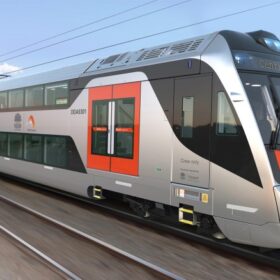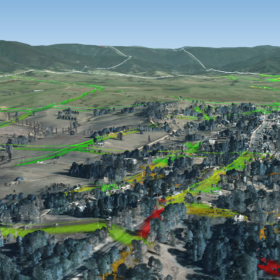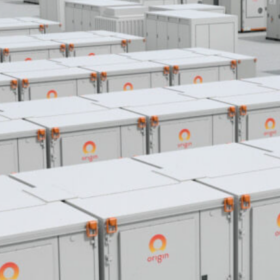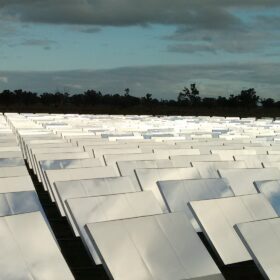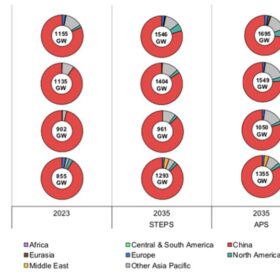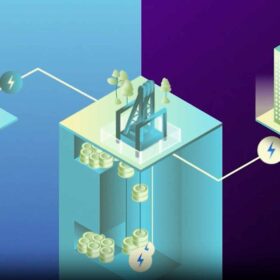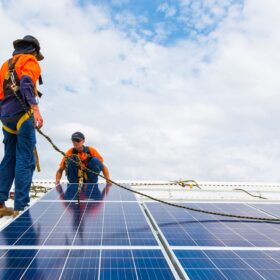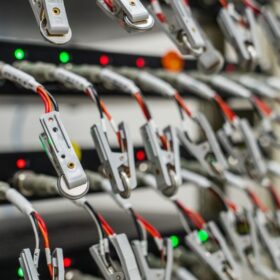NSW transport service trains its sights on multiple 30 MW grid-scale batteries
State government services and road agency Transport for NSW is investigating the deployment of multiple 30 MW grid-scale battery energy storage systems to help decarbonise its Sydney heavy rail network.
NSW battery and VPP incentives target peak electricity demand reductions
New South Wales home and business battery installation incentives are now available, in state government efforts to make the grid more reliable and stable and allow further reduction of reliance on fossil fuels during peak demand.
Neara banks $45 million to expand its global utility partnerships
Sydney-headquartered climate tech platform Neara has secured $45 million in Series C funding to aid expansion into global markets of its AI-powered predictive modelling software, which helps utilities navigate clean energy transition complexities.
Build starts on 240 MW second stage of Origin Energy’s Eraring battery project
Construction of the second stage 240 MW battery at Origin Energy’s Eraring Power Station located 120 kilometres north of Sydney and 40 kilometres south of Newcastle in New South Wales, has officially begun.
Vast signs 550 MWh USA-based green methanol and sustainable fuels deal
Australian concentrated solar company Vast Renewables has signed a development services agreement with Singapore-headquartered energy company GGS Energy to bring concentrated solar powered green methanol and sustainable aviation fuel to the USA.
Solar module manufacturing capacity could exceed 1.5 TW by 2035, says IEA
The International Energy Agency’s latest report, which maps out the future evolution of clean energy manufacturing, says the combined global market for PV, wind turbines, electric cars, batteries, electrolysers, and heat pumps will rise from $1 trillion in 2023 to more than $3 trillion by 2035.
Mount Isa copper mines earmarked for gravitational energy storage system
New South Wales-based gravitational energy storage technology company Green Gravity will repurpose shafts in two Queensland copper mines scheduled to close in 2025, to store renewable energy.
Rooftop solar doubles third quarter grid-scale solar supply: AEMO report
Rooftop solar has outshone other renewables in Q3 2024, contributing 38.5% of generation ahead of grid-scale solar, 18.3% and wind,13.4%, while new capacity progressing through the connection phase grew 36% and battery projects, by 87%, compared to Q3 2023.
AnteoTech lands $4 million boost for homegrown battery tech
Queensland-based energy tech company AnteoTech has secured almost $4 million in funding from the Australian Renewable Energy Agency to help fast-track the development of its silicon-dominant lithium-ion battery anode technology.
Sungrow provides support for tough grid connection process
Labelled the “most difficult” in the world, Australia’s regulatory environment and grid connection process for new large-scale renewable energy generation and storage has also been lauded as the standard bearer for the global market.
